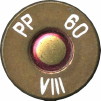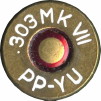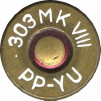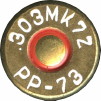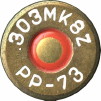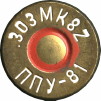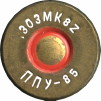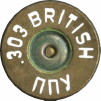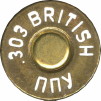CZECHOSLOVAKIA / CZECH REPUBLIC

With the fall of communism, the country of Czechoslovakia split in two, with the Slovak Republic adopting their own flag, whereas the Czech Republic retained the original flag adopted in 1920.



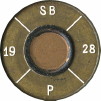

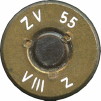
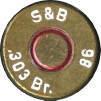

FINLAND




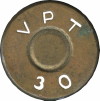
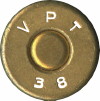
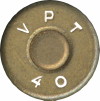

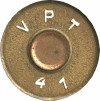 Armour Piercing
Armour Piercing
GERMANY





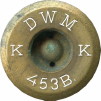

The first two specimens with CN RN bullets were Mk. 6 loadings, the third being Mk. 7

 Blank loading by GECO
Blank loading by GECO
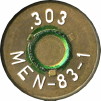

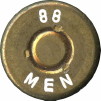

GREECE





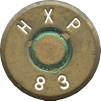

ITALY

These specimens are in all probability longer range tracer experimentals. According to Gene Scranton’s manual on bullet tip colours the red, blue and gold tips used a deep (0.85”) cannister for the trace compound. The specimens below were from the Bologna factory. The detail of the inspector (Capotecnici) was Mario Turani, who was with the factory from 1929 – 1939.
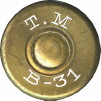

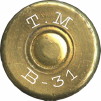






BPD was for the company BOMBRINI, PARODI DELFINO. The company was founded in 1912 by Senator Giovanni Bombrini and Senator Leopoldo Parodi Delfino.
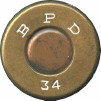

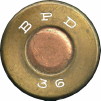

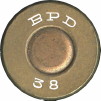

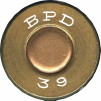



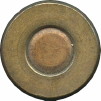

The first specimen is an early tracer with very thick red paint, the same as what has been observed on early 6.5 Carcano tracer loadings. The second specimen is a ball loading with CNCS, and aluminium tip filler. Third specimen is the later tracer loading. The fourth specimen with blue tip is the early Armor-piercing loading with phosphorus tip, whereas the green tip specimen is the armor-piercing tip with thermite filling.




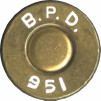



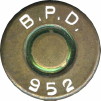

First specimen is a ball loading, second is a blank loading with wooden bullet and the third is an armor piercing with green primer annulus.
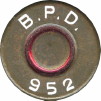

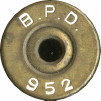

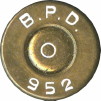

First is a tracer with red primer annulus, second is a drill/dummy and third is also a drill/dummy loading with empty GM jacket and white tip.
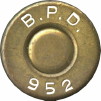

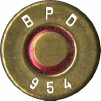

Grenade blanks
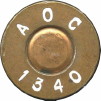

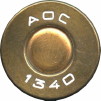

These two specimens were export contract loads for a Middle Eastern country. The initials of BPD were changed by one letter, in all probability to disguise the origin of the manufacturer.
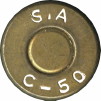

Ball loading from Capua in 1950. The initials were for the supervisor “capotecnici” at the factory. In this case the name has not been confirmed yet, or the factory has not supplied the information.
SOCIETA METALLURGICA ITALIANA, FLORENCE.


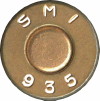

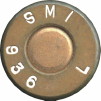



The L designation on the headstamp was for “Luminose” or tracer.


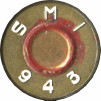

First specimen was an armor-piercing load with steel core and phosphorus tip. The second specimen with blue tip was an “armor piercing special load”. GMCS envelope with steel core and phosphorus tip.
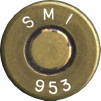



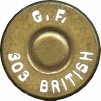

ISRAEL


 Early loading from 1947
Early loading from 1947
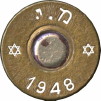

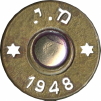

The first specimen on the left has an “open” Star of David, whereas the second one had solid stars
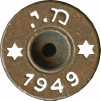

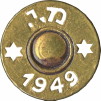



LATVIA




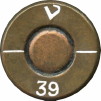
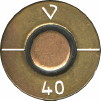
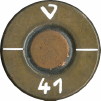
The headstamp with the stylized V was manufactured by a company called Vairogs, situated in Riga in Latvia. They bought the S&B facility in 1937. Cartridges were designated .303 Lozmet. Patr. Marka VII.
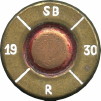

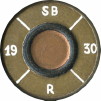

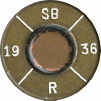
These specimens above were manufactured by the S&B factory in Riga, prior to the factory being acquired by Vairogs during 1937. These have also been observed in Spain, being sold there during the Spanish Revolution. See also ECRA newsletter #320 (Jan 1992)
MEXICO

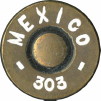

NIGERIA


 Ordnance Factory Nigeria
Ordnance Factory Nigeria
NORWAY

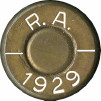



PAKISTAN



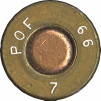

PORTUGAL



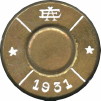





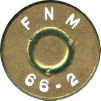

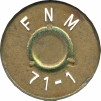

The blank with FNM 71 – 1 headstamp was in all probability reworked by Rhodesian forces. Similar formed blanks have also been observed on RSA cases obtained from Zimbabwe
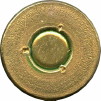

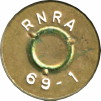

The RNRA headstamp was always assumed to be the Rhodesian National Rifle Association, however from correspondence it is known that there never was such an association.
SOUTH KOREA

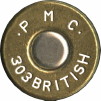

SWEDEN

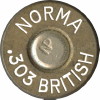

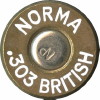





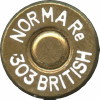

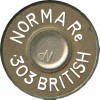

First specimen is a pressure test loading


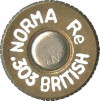

Second specimen is a proof load with serrated rim
YUGOSLAVIA/SERBIA



Tsar Peter the Great of Russia selected a new flag for his country during 1699 as part of his modernization campaign. Consisting of equal horizontal stripes of blue, white, and red, it was adapted from the national flag of the Netherlands. Eventually these became known as the pan-Slavic colours and were used by many other Slavic countries in Europe, particularly during the revolutionary movements of 1848. The sultan of the Ottoman Empire granted use of one such flag to Serbia in 1835, consisting of horizontal stripes of blue, white and red. Other territories in the area selected different combinations of the colours.
Following World War 1, Slavic countries in the Balkans were united in a new country known as Yugoslavia. It chose a tricolour of blue-white-red as its national flag, first hoisted on October 31, 1918. Yugoslavia disappeared during World War II, but it was resurrected as a communist country in 1945. Under the leadership of Josip Broz Tito, a yellow-bordered red star was added to the centre of the flag. After the fall of communism, the country of Yugoslavia broke apart with Serbia and Montenegro the only territories remaining. In June 2006 Montenegro and Serbia split into two countries, after which Serbia changed their flag to the one shown above.


